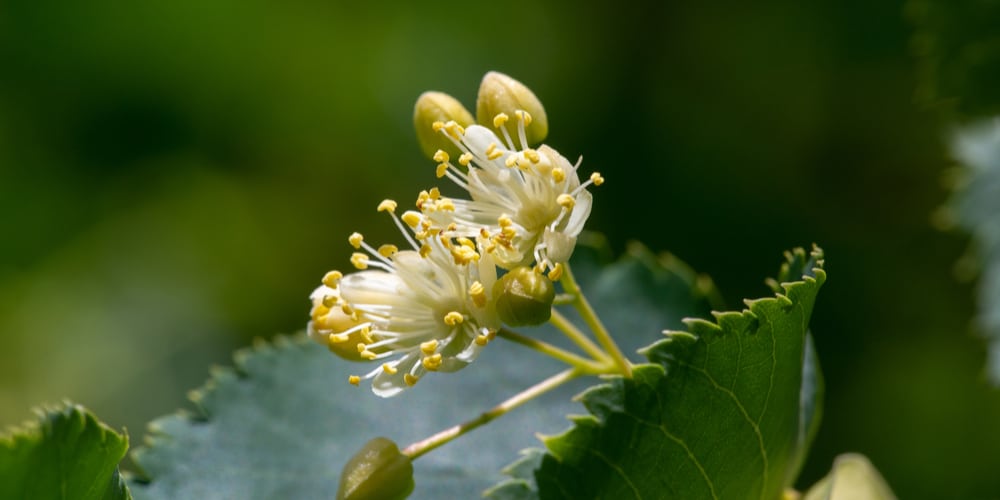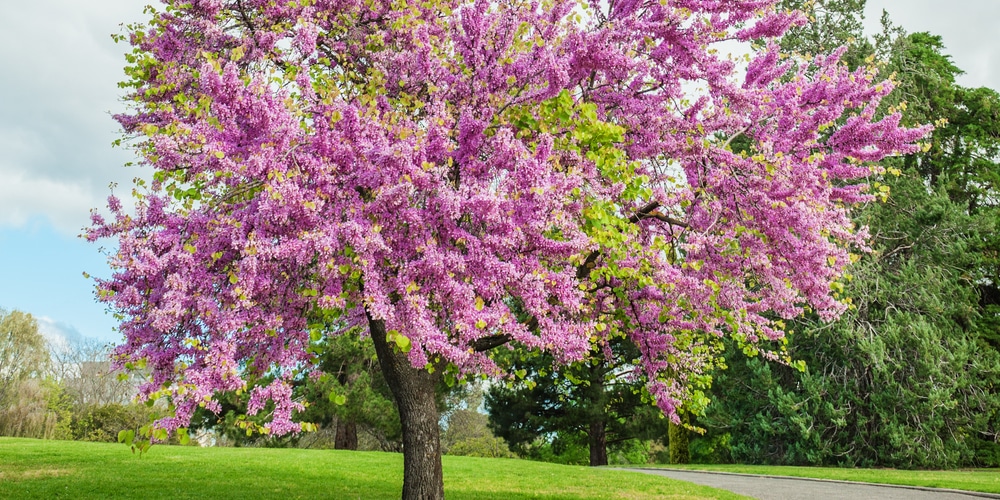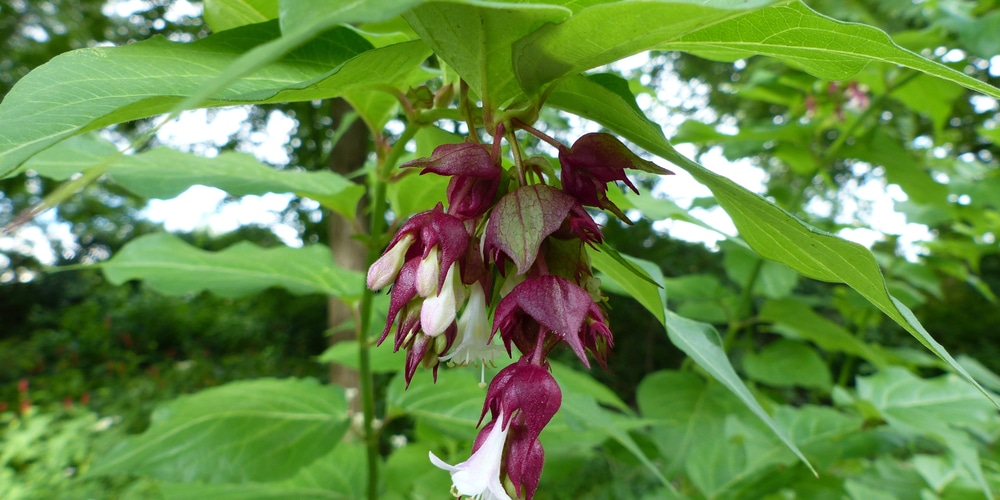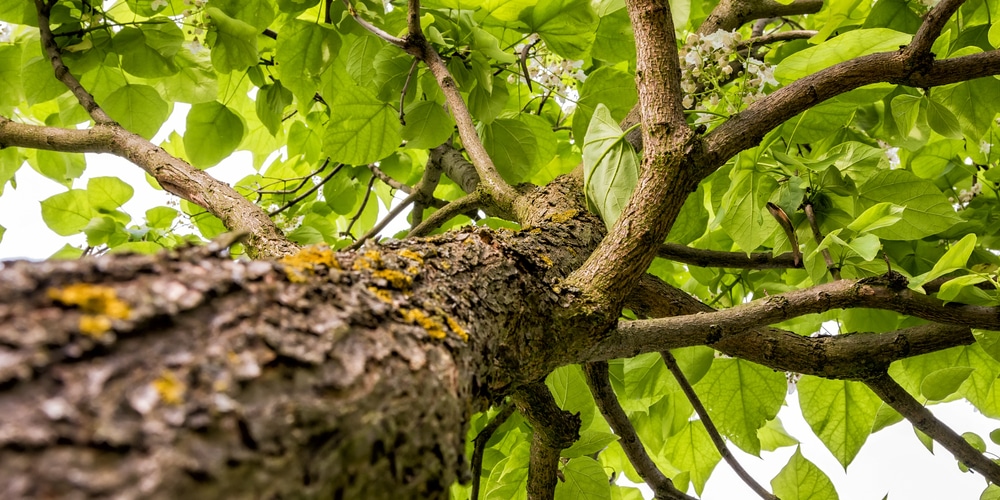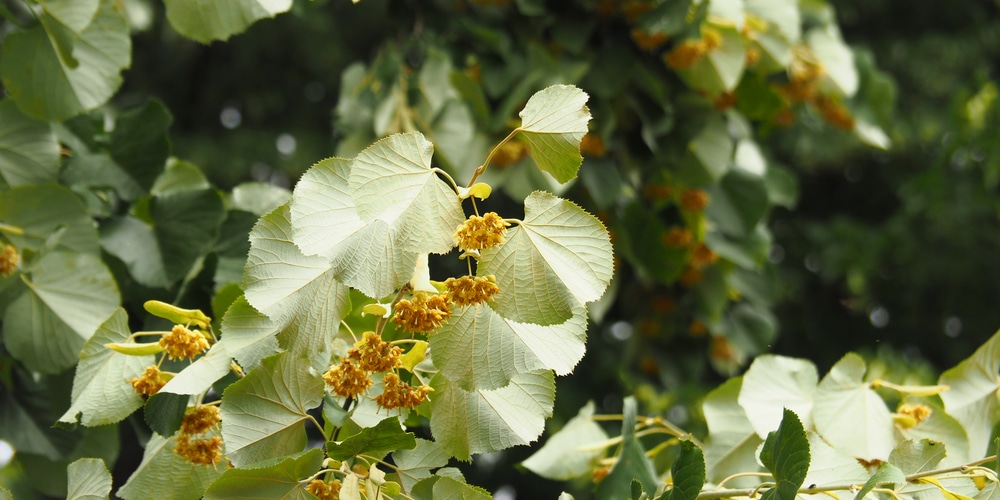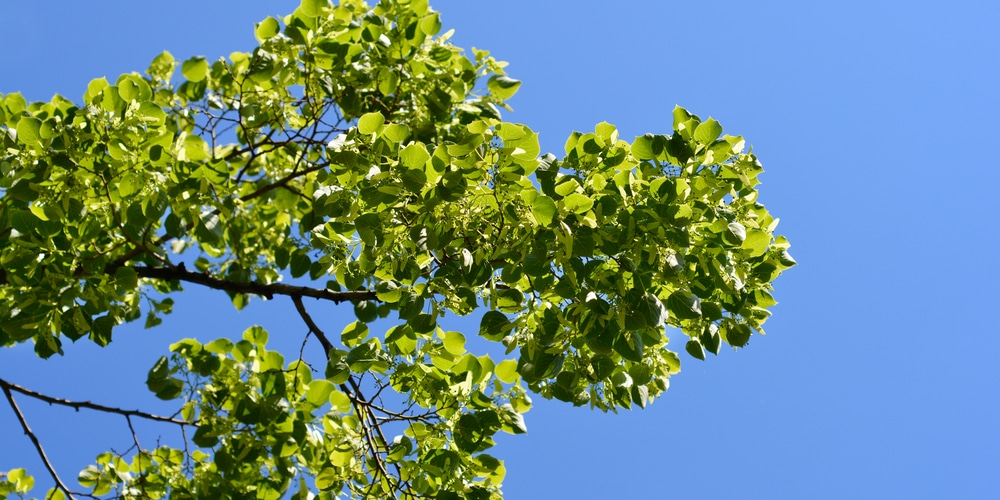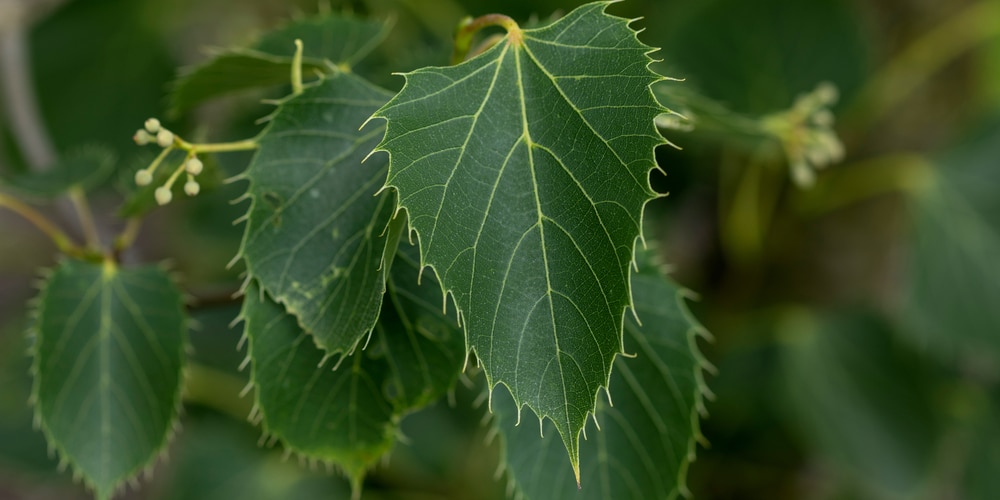The leaves for any tree are not just dangling appendages and shade providers, but their key role is to perform photosynthesis. They provide food to the trees and oxygen for human beings and wildlife. The shape of the leaf is one of the significant factors that help identify the plant or tree. Trees with heart shaped leaves can be easily recognized from the others.
Trees with heart shaped leaves
Here is the list of 7 trees with heart-shaped leaves :
1. Linden
Native to the Northern Hemisphere, Linden comes from the family of Malvaceae. It has almost 30 species, among which few are planted as ornamental or shade trees in lawns, gardens, fields, and parks.
Linden is considered one of the most graceful deciduous trees with beautiful, perfectly heart-shaped leaves that are coarsely toothed. The tree produces cream-colored fragrant flowers & little globular fruit hanging from a narrow leafy bract.
The American Linden, whitewood, or basswood tree is one of the most extensive shade trees that reach approximately 40 meters in height and provides quality wood for crating, beehives, excelsior, and furniture.
Linden is also considered a popular bee tree from which pale distinctive flour honey is extracted.
2. Redbuds
Eastern Redbud is a deciduous tree native to Central and Eastern Northern America. The distinctive feature of the tree is its branches explode before the appearance of new leaves with clusters of pink flowers. This attracts pollinators and butterflies.
After flowering, beautiful heart-shaped muted-green or bluish-green leaves appear that often fade into a greenish-yellow color in the fall season. The Eastern redbud is a purple leaf redbud that turns into a bronze color in the fall season, whereas the Western Redbud’s heart-shaped leaves turn into red color in fall.
3. Foxglove Tree
Also known as the empress tree, the foxglove tree originated from China & is cultivated in USDA zone 5 to 9. The tree is also known as royal paulownia or princess tree.
Foxglove tree has big-sized heart-shaped leaves which tend to grow up to a foot long and has a velvety texture. The tree produces clusters of green fruits with an egg-like shape that mostly emerge in summer and turn brown in the winter.
If you plan to plant this deciduous ornamental tree on your lawn or landscape area, be careful that this particular tree spreads very fast due to its self-seeding nature.
4. Northern Catalpha
Northern American Catalpa, popularly known as the cigar tree or Indian bean tree, is a deciduous tree that takes almost seven years to flower. This particular tree has large heart-shaped leaves that grow up to twelve inches in height and eight inches wide.
Northern Catalpa is one of the most popular ornamental trees among gardeners because it tends to grow faster than other shade trees in urban streets and parks.
5. Silver Linden
This particular deciduous tree originated from Eurasia and is a popular choice among gardeners because of its large heart-shaped serrated leaves that are silvery-white underneath and dark green on time.
The heart-shaped leaf uniquely creates a two-toned effect making it one of the most eye-pleasing ornamental trees. The bark of the tree is generally bumpy & brownish.
The tree produces pale yellow fragrant flowers that appear in clusters during the summertime.
6. Caucasian Lime
A native to Europe & Western Asia, Caucasian Lime has heart-shaped glossy dark-green leaves on the upper part and a matte finish underneath. The leaf veins are visible, and the leaf margins are sharp & serrated. The leaves typically extend up to ten cm long.
7. Henry’s Lime
Originating from China, these popular species have heart-shaped leaves with noticeable serrated borders. The petiole is either yellowish or reddish and is perpendicular to the leaf.
The flowers of the tree are either white or yellow & form extended cymes with multiple single flowers.
Trees with Heart-Shaped Leaves: Conclusion
Each of the trees mentioned above has distinctive heart-shaped leaves but look, and color-wise are pretty different from each other.
The trees listed above can be a great choice to be planted as a shade or an ornamental tree in parks, lawns, and decorative landscapes.
